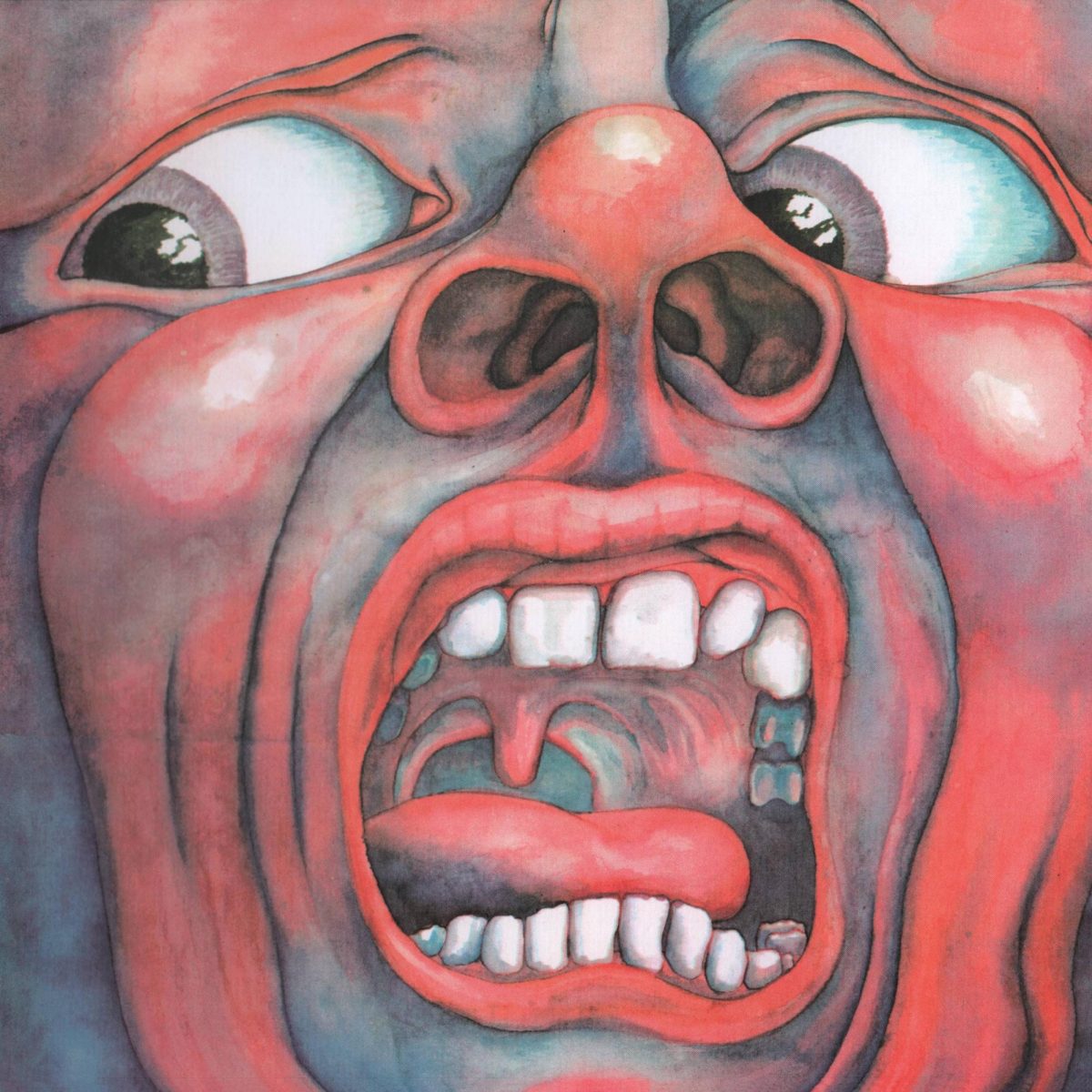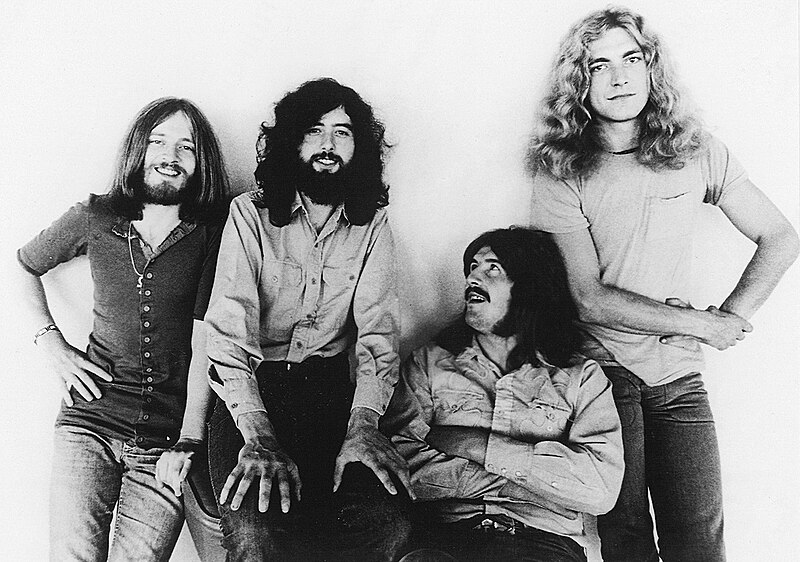In the 2016 election between Donald Trump and Hillary Clinton, a lot of the United States were shocked when Trump bested Hillary. I woke up the day after the election, not even thinking about whether the results were in or not, when I walked into the kitchen to find my mother crying. I asked her what was wrong and she said that Trump had won the election. I was shocked; I was sure he wouldn’t. I was only in fifth grade, but I had heard all the things he’d stand for from the Internet and my parents. I didn’t know much, but I knew the general consensus was that he was to be disliked. So how could he have won?
Other people around me and across the country asked the same question. And as I asked the same questions to people around me, I realized that a lot of people don’t actually know how voting works in our country. This is a travesty, since the foundation of our country is built upon democracy, yet how can so many people not understand how much their votes or their lack of votes change the way our government changes. I wanted to answer this question for myself, and for others: how does the Electoral College System work?
History
Like so much legislation in our country, the Electoral College System was a compromise between small states and large states on power. The small states wanted an election based on a popular vote of qualified citizens—“qualified” meaning white men who owned property. People in the large states disliked this idea, due to the small states having the majority of the voting bloc, since 40% of the large states were black people who were enslaved, so a big majority of large states couldn’t vote. This was an issue that always came up when the founding fathers were shaping our country, which led to compromises such as the three-fifths compromise, meaning that every person who was enslaved only counted as three-fifths of a person when counting up population for representation in the House of Representatives. It also came up in the Great Compromise of 1787, creating the House of Representatives and the Senate.
Large states preferred to have Congress choose the president, which stopped the small states from gaining too much power voting-wise. However, this was largely disregarded because many believed it would cause the President to become “the lackey” of Congress.
So the compromise was the Electoral College system, where each state gets a number of electors equal to its total number of representatives in Congress: however many they have in the House, which is based on population, plus another two senators since each state gets two senators. This was put into the Constitution in Article 2. Each state chooses their own electors, but who they are doesn’t necessarily matter as much as how many there are.
Since the Electoral College system is directly written in Article 2 of the Constitution, the only way to change the system would be through a Constitutional amendment, which can only be ratified by a two-thirds majority in both houses of Congress and three-quarters of the States. The only amendment that changed the Electoral College system was the 12th Amendment, which was ratified in 1804 during Thomas Jefferson’s presidency. It revised and outlined the Electoral College system and made it so that the President and Vice President were elected together. Before, the Vice President would be whoever came in second place.
As a side note, the term “Electoral College” does not appear in either Article II or the 12th Amendment; the system is referred to as “electors” instead.
In the past 200 years, more than 700 proposals have been introduced to Congress to reform/eliminate the Electoral College, more than any other subject. Many people believe the system is outdated.
Currently, the Electoral College has 538 electors. 270 electoral votes are required for a candidate to win an election. The District of Columbia, while not an official state, is treated like a state for the Electoral College system and has 3 electors.

How it works
The whole process has three steps: the selection of the electors, the meeting of electors where they vote for a President and Vice President pair, and the counting of electoral votes by Congress. Each candidate running has their own group of electors within each state; they are called “slates”. The slates are chosen by the candidate’s political party in each state, but state laws vary on how they are selected and their responsibilities. Each party gets the same number of electors, with Republicans and Democrats getting additional “alternate” electors. Washington state currently has 12 electors, and their only responsibility is to vote for their party’s candidate. If they fail to do so, they are fined $1000.
Almost every state, except Maine and Nebraska, has a “winner-take-all” system that gives the electors of that state to the Presidential candidate who wins the State’s popular vote. Nebraska and Maine have a variation on this that allows for “proportional representation”.
So, by voting for a President who belongs to one political party, you then vote for the electors within that political party. If that political party within that state wins a majority within the popular vote, that party gets all of that state’s electors. By this logic, whoever wins the popular vote throughout the entire country should theoretically win the presidency. However, this isn’t always true, and there have been several cases where the candidate who wins the popular vote doesn’t win the election. The most recent was in 2016 when Hillary Clinton won the popular vote by 3 million votes, but Donald Trump won the presidency.
This is because of our “winner-take-all” system that 48 states use, meaning that no matter by what margin a candidate wins the popular vote, they get all of the electors. Whether they won by a measly one vote or a huge 75% landslide, they still will get every elector in that state.
Arguments For and Against
Before Donald Trump won the presidency in 2016, only four other presidents had won the presidency yet not the popular vote. Clinton had won the popular vote by 3 million, yet Trump earned 306 electors to Clinton’s 232 electors. A similar thing happened in the most recent election. Joe Biden won the popular vote by 7 million but was only able to win the presidency by a small margin. Discrepancies between electoral votes and the popular vote have grown in the modern day, with Trump being the 2nd president since 2000 to win without the popular vote. Reforming the Electoral College has been one of the most talked about issues within the Constitution, but it is gaining even more attention nowadays, with many labeling the Electoral College system confusing, anti-democratic, and outdated.
However, some argue against reforming the Electoral College. One argument is that the Electoral College preserves federalism: since each state has its own set of electors, it allows each state to have its own voice and not glob everyone together in a popular vote. This thinking also prevents candidates from focusing purely on high-population urban centers and makes them focus on a much wider audience, thus preserving true democracy within the country.

Another strong argument for the Electoral College system is voter legitimacy and certainty. By changing to a purely popular vote, an individual vote matters significantly more than within the Electoral College system. Therefore, this encourages voter fraud and more recounts, since if a candidate won by a very small margin, it could be contested. This could send the country into very strong political turmoil and further tensions along party lines. The Electoral College, however, arguably minimizes the incentive for voter fraud since the system isolates the impact of stolen votes through how many electors that state has.
The most common critique of the Electoral College is the “winner-take-all” rule that most states follow. If a party wins by a small margin in a state and then gets all the electors, it is not truly democratic, since 49% of that state’s population voted for a different party. Another issue with the Electoral College system is that some states have a lot more electors than others, and some states are “swing” states, which creates “battleground” states and forces candidates to focus more on those states. So, if the winner-take-all system was abolished, that would force candidates to try and appeal to a wider array of Americans since they don’t need to win the entire state to earn electors.
This would also allow for more than two political parties, which is another common criticism of the Electoral College. By allowing the electors to be won proportionally to their votes, third parties would have the potential to gain ground and be able to have a fighting chance. While some view multiple parties as chaotic, many democracies, such as Germany, Brazil, Ukraine, Sweden, and India, are able to use more than a two-party system effectively. Also, allowing for many parties to actually run and possibly win the presidency promotes true democracy, since the two political parties we currently have may not be proper representatives of what everyone stands for in our country.
Sources And Further Reading
https://www.archives.gov/electoral-college/about
https://www.cbsnews.com/news/electoral-college-system-founders-united-states/
https://fhsphoenix.org/why-the-electoral-college-sucks/
https://www.heritage.org/the-essential-electoral-college/the-benefits
https://www.archives.gov/electoral-college/history
https://www.imdb.com/title/tt6200176/
https://uk.usembassy.gov/the-electoral-college/










Lucas Deng • Jan 10, 2024 at 5:00 pm
Also, if your party has lost the popular vote 14 years in a row (since Bush in 2009- Source:USA Today) I’m inferring that you are less likely to want electoral college reform/abolition. Stats show that “Democrats and Democratic-leaning independents are far more likely than Republicans and Republican leaners to support moving to a popular vote system for presidential elections (82% vs. 47%).”-Pew Research Center, 2023.